"Jesse Hildreth," Picked at Sunset
jerijen
6 years ago
Featured Answer
Sort by:Oldest
Comments (98)
roseseek
6 years agosultry_jasmine_nights (Florida-9a-ish)
6 years agolast modified: 6 years agoRelated Discussions
Help me pick a soft sunset color
Comments (15)Look at Ellen Kennon's Honeysuckle. it is a true orange yellow. The website really doesn't do a good job at all of conveying how beautiful the color is. I loved it but it was to bright for my kitchen. It looks very much like the third sample on the left on the last design seed that Annie posted. Anele, Hinoki is one of my very favorites. It look superb in your room. Here is a link that might be useful: Ellen Kennon Honeysuckle...See MoreJesse Hildreth!!!!
Comments (33)Plants experience "micro sports", very often degenerative, all the time. That's how apples have their tastes "removed". Fruit is constantly chemically tested for sugar levels. New trees are propagated from branches which produce fruit with less sugar so the fruit lasts longer in storage and on store shelves. Unfortunately, sugar is what also produces TASTE. If you've noticed Gala, Braeburn, the "Delicious" types and others which previously tasted good, but now don't, that is why. Yet, when you buy those varieties from tree producers, they still taste as they should. Backyard trees are propagated from trees whose fruit still tastes good. Who would buy a garden center or nursery apple tree whose fruit tastes like Styrofoam? But, grocery chains want the same variety that will last weeks on their shelves until they are all sold. The point being that these degenerative, micro mutations occur all the time in all plant types. If, for whatever reason, one of the two plants being compared happens to have been descended from one of the micro, degenerative sports, it's going to vary from the other. But, they could still be the "same" rose. Of course, the differences could also be due to viral effects where one plant is infected with a virus the other doesn't have, or a more virulent strain of the same. You can frequently see variations like these when walking large nursery fields containing hundreds of each variety of rose. That's how I found the striped sport of Patchwork. The original was very similar to Granada, in sunset shades. The sport was heavily striped. These could well be the "same" rose, but appear quite different....See More"Jesse Hildreth" w/ 'Mme. Lambard'
Comments (11)Good to see you still have some late blooms to enjoy, Sheila. And those deep indigo irises look so stunning taking a bow in the spotlight, as stars of the show for a while. I've been wondering for months whether you had any hips to show us this year, from your Spinosissima collection, or others, but I kept forgetting or being too tired to ask, and I expect it's a bit late now. One thing I miss very much from having lost so many members from our forum, is the chance to see more of the old garden Europeans and species/ close to species roses in our cooler climate members' gardens. Their displays of glowing fruit and colouring foliage in autumn, and sometimes interesting bare winter forms, coloured canes and prickles, epitomise for me the subtler charm of older roses vs the showier moderns, in still having something of feel of a wild flowering shrub and several very different seasons of interest....See More"Jesse Hildreth" ALSO Nods ...
Comments (12)I love that about Tea roses. We need something pretty to see when it’s so miserably hot out. I enjoy the winter blooms, too. My new neighbors recently cut down a huge tree in their backyard. A large portion of it hung over my side of the fence, providing afternoon shade. Part of that bed just received an hour or two of early morning sun, while the rest of the bed got afternoon shade in various amounts. My afternoon shade is about gone, and many plants and roses are unhappy about it. The only rose that is absolutely thrilled with the loss of its shade from 3pm on is Leveson Gower. (I personally don’t see much Bourbon in this rose. I see a Tea Rose when I see mine.) Leveson Gower is as happy as can be. Flamingo Gardens Tea is busy making buds while in its large half barrel container in full sun! I like having a variety of roses that take their turns shining. Lisa...See MoreSheila z8a Rogue Valley OR
6 years agoneedmoremulch
6 years agolast modified: 6 years agosultry_jasmine_nights (Florida-9a-ish)
6 years agolast modified: 6 years agoPlumeria Girl (Florida ,9b)
6 years agojerijen
6 years agosultry_jasmine_nights (Florida-9a-ish)
6 years agolast modified: 6 years agoroseseek
6 years agoCori Ann - H0uzz violated my privacy
6 years agolast modified: 6 years agoPlumeria Girl (Florida ,9b)
6 years agolast modified: 6 years agosultry_jasmine_nights (Florida-9a-ish)
6 years agolast modified: 6 years agoUser
6 years agojerijen
6 years agoroseseek
6 years agosultry_jasmine_nights (Florida-9a-ish)
6 years agoroseseek
6 years agoCori Ann - H0uzz violated my privacy
6 years agolast modified: 6 years agoroseseek
6 years agoneedmoremulch
6 years agojerijen
6 years agoUser
6 years agoroseseek
6 years agojerijen
6 years agoroseseek
6 years agoLisa Adams
6 years agoSheila z8a Rogue Valley OR
6 years agoroseseek
6 years agosuncoastflowers
6 years agojerijen
6 years agoLisa Adams
6 years agocatspa_zone9sunset14
6 years agolast modified: 6 years agoroseseek
6 years agosuncoastflowers
6 years agodebbym, Tempe, AZ Zone 9
6 years agoCori Ann - H0uzz violated my privacy
6 years agojerijen
6 years agosuncoastflowers
6 years agolast modified: 6 years agojerijen
6 years agosuncoastflowers
6 years agoCori Ann - H0uzz violated my privacy
6 years agojerijen
6 years agosuncoastflowers
6 years agoLisa Adams
6 years agojerijen
6 years agoCori Ann - H0uzz violated my privacy
6 years agolast modified: 6 years agoroseseek
6 years agoCori Ann - H0uzz violated my privacy
6 years agoroseseek
6 years agosuncoastflowers
6 years agolast modified: 6 years ago
Related Stories
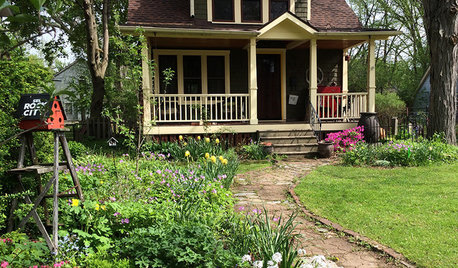
FEEL-GOOD HOMEWhat’s the Perfect Home Size? Houzz Readers Weigh In
We asked you to tell us your ideal home size. For some, it’s 337 square feet. Others find that 5,000 square feet is still too small
Full Story
COLORCooking With Color: When to Use Orange in the Kitchen
Try a dash of Cayenne or swaths of Sweet Orange for zesty, high-energy kitchen flavor
Full Story
TOWNHOUSESHouzz Tour: Soothing Decor in a Philadelphia Townhouse
Soft white walls, dark walnut floors and Moroccan accessories help create a tranquil and eclectic home
Full Story
SMALL KITCHENS90-Square-Foot Kitchen Packs In Coastal Charm and Convenience
Brass finishes, a blue range and floating shelves create a chic vibe for a Nantucket kitchen with water views
Full Story


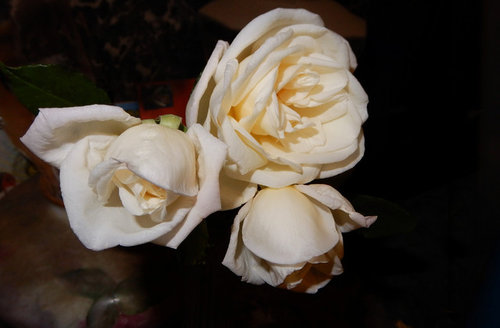
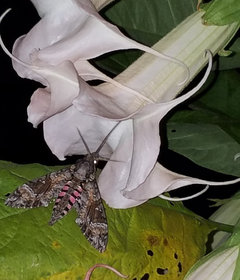






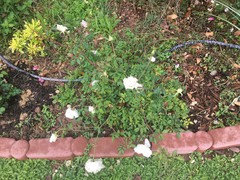
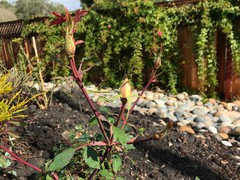


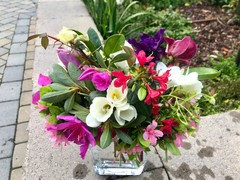
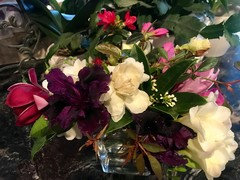


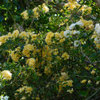
Lisa Adams